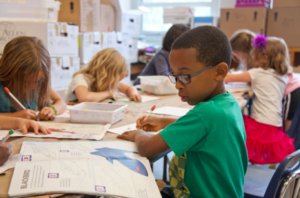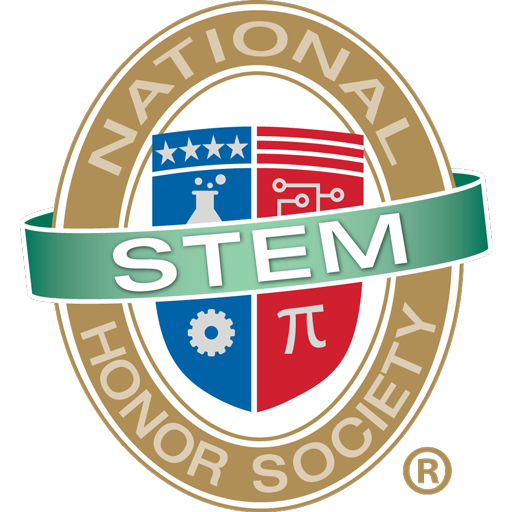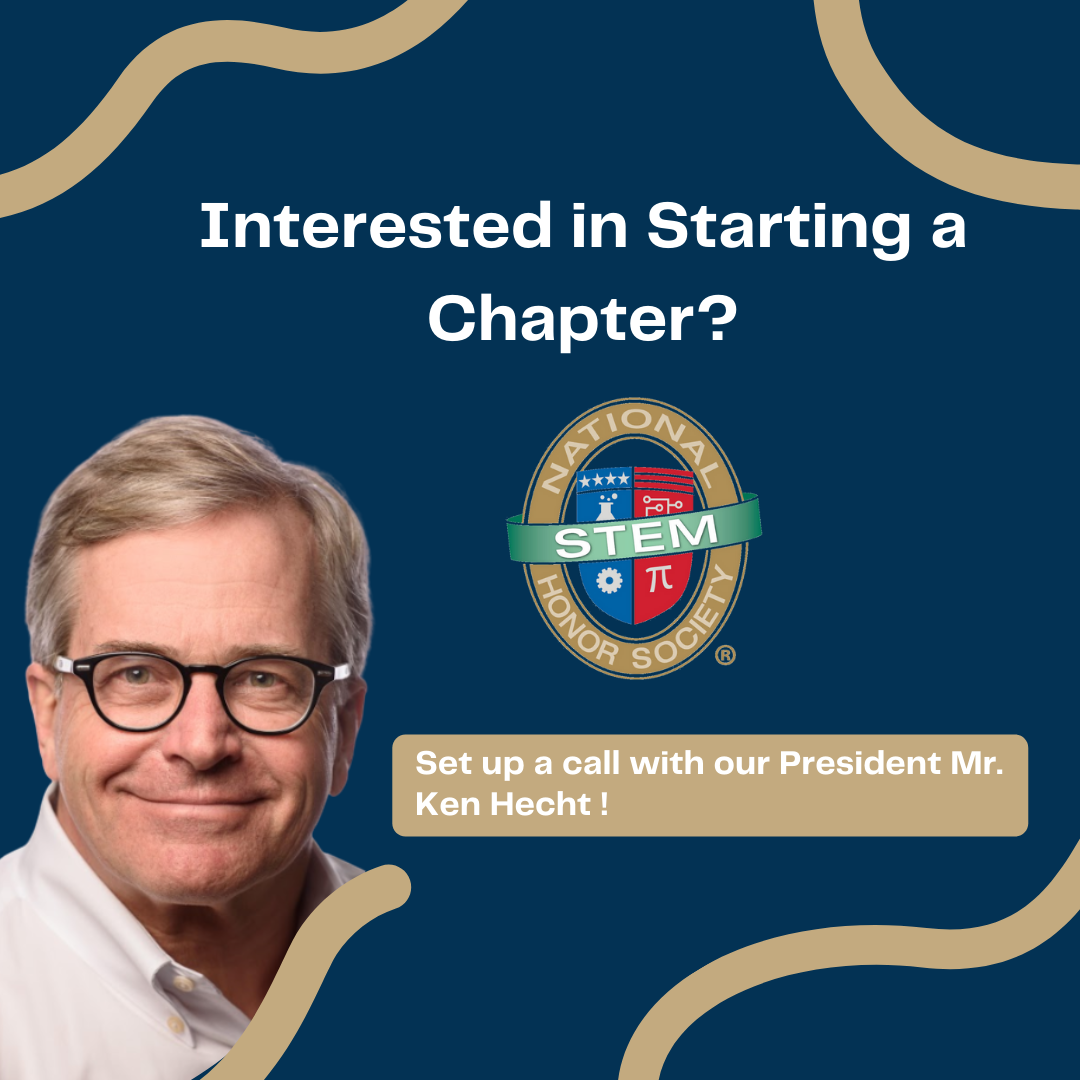As part of NSTEM’s mission, we strive to ensure inclusivity for all students. When students feel like they belong, they put aside worries and focus their attention on learning.
- Teachers must consider the ways in which they can make everyone feel included and welcome.
- Classrooms packed with students from a variety of backgrounds and experiences require teachers to embrace every student’s differences.

Representation Matters in Inclusive Workspaces
To create a more inclusive workspace, diminish the barrier that affects half of your students. In this day and age, there may be fewer examples of female scientists that have contributed to a specific subject.
- Remind your students of the barriers women had to fight to give themselves an equal opportunity in a male-dominated field.
- Point out the inequities that women face and inspire your students to change them.
- Acknowledge the fact that there are plenty of successful women that work in STEM field

On top of the male dominated STEM fields, they oftentimes consist of mostly Caucasian people. Highlight people of color whenever possible and make sure they are represented in images you use in the classroom. Suggest movies such as Hidden Figures and books such as Black Pioneers of Science and Invention by Louis Haber. Take their inclusive education beyond the classroom.
Religion is yet another factor that can make students feel unwelcome. If the majority of your school subscribes to one religion, create an inclusive workspace by acknowledging the achievements of others with different world views. Mention to your students that algebra was conceived during the Islamic Golden Age or that over 20% of Nobel Prizes were won by Jews. A staggering feat when you consider Jews make up only 0.2% of the global population. Religion should not come in between a students and a comfortable learning environment.
Include Students with Learning Differences
When creating inclusive workspaces, we often forget invisible factors such as learning differences. About 14% of all public school students have a learning disability. Chances are, you have some of those students in your class. An easy way to support these students is to teach material in varied ways. Use images, audio, hands-on activities, etc. so as many different learning styles as possible find the information accessible.
Sometimes students with disabilities qualify for extra time on their assessments. Create an inclusive workspace by not making it unnecessarily difficult for them to manage their extra time. Schedule times they can finish their assessments or tests that won’t last the whole period. Allow your special students to complete their work in one class period while students with standard time leave early. If you notice a student constantly getting distracted, understand that it may have nothing to do with their desire to learn or their “smarts.” Try allowing these students to use fidget toys or doodle if necessary. They simply may not be able to keep their focus for very long.

Many accomplished scientists battle disabilities and/or set-backs:
- Albert Einstein didn’t begin speaking until age four and is even believed to have had dyslexia.
- Stephen Hawking suffered from motor neuron disease.
- Charles Darwin had OCD and is rumored to have autism.
- Sir Isaac Newton is also likely to have been on the autism spectrum.
To create an inclusive workspace, learning disabilities should be treated in the same way as all other differences: celebrated as opposed to shamed. If you suspect a child may have a learning disability, consider reaching out to their parents or a school psychologist for testing.
Getting it Right
Finally, make an effort to learn the pronunciation of all students’ names. Names of an ethnic origin other than your own may take more practice to say correctly. In the long run, your students will feel more included when you make the effort to address them appropriately.
Taking these simple steps will make all the difference to create an inclusive workspace for your students. You won’t just eliminate barriers that impede learning, you’d also teach them to be respectful and inclusive human beings! We hope you can implement these tips to make your classroom more inclusive!
Written by Lucy Reid
Visit the NSTEM page for more posts about our STEM community!

